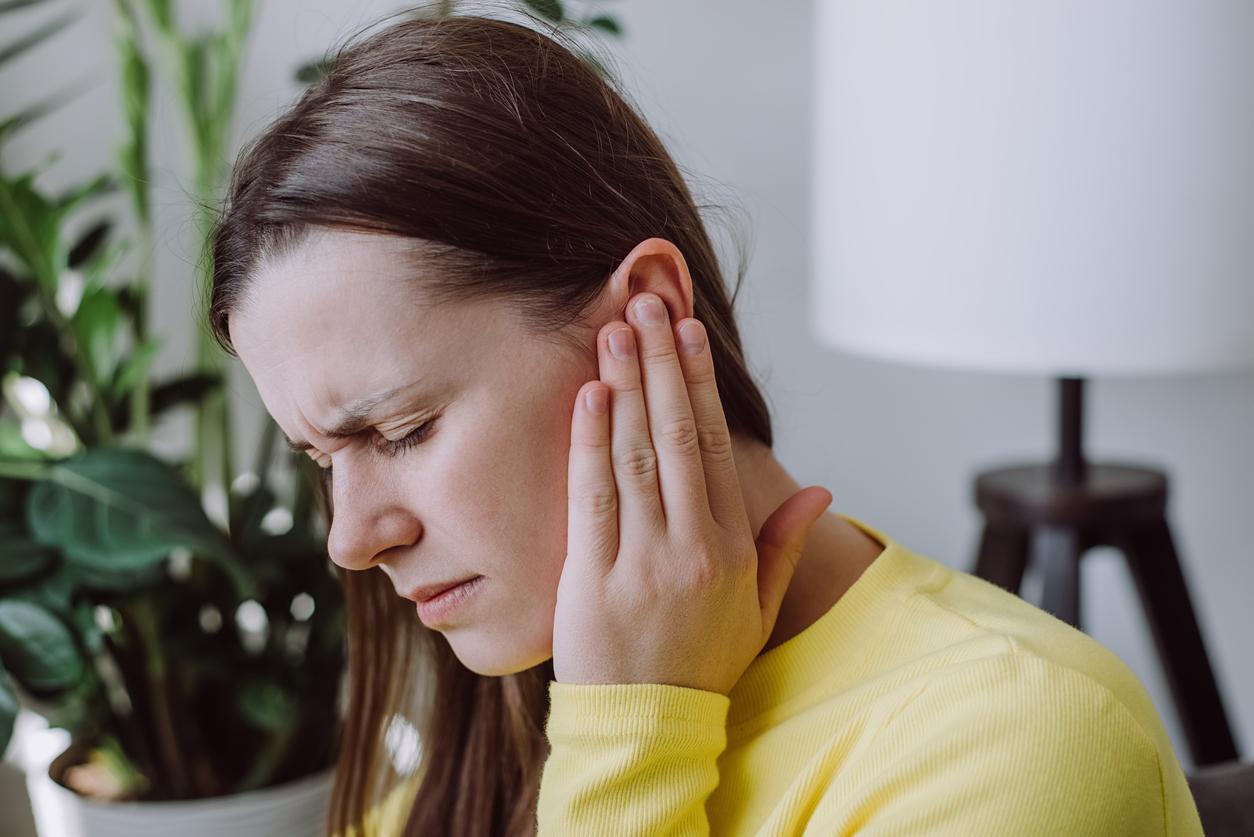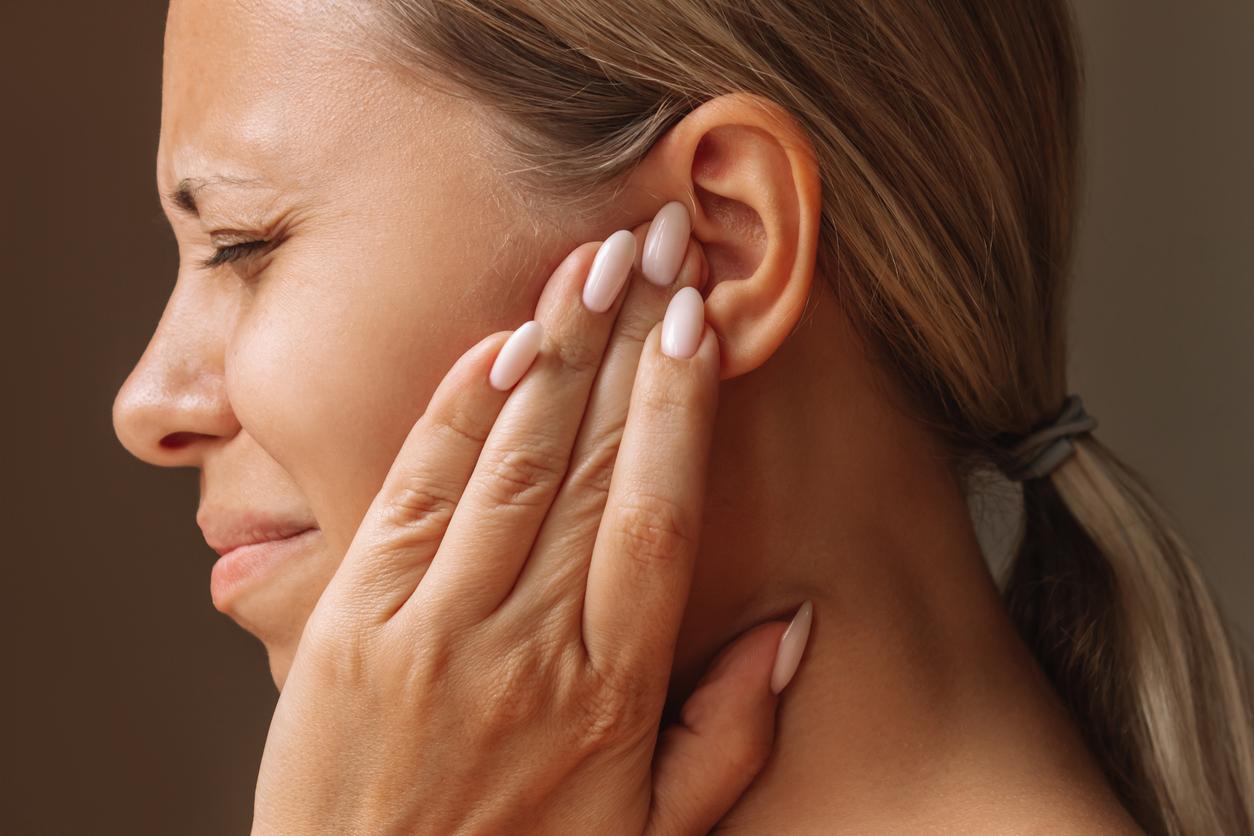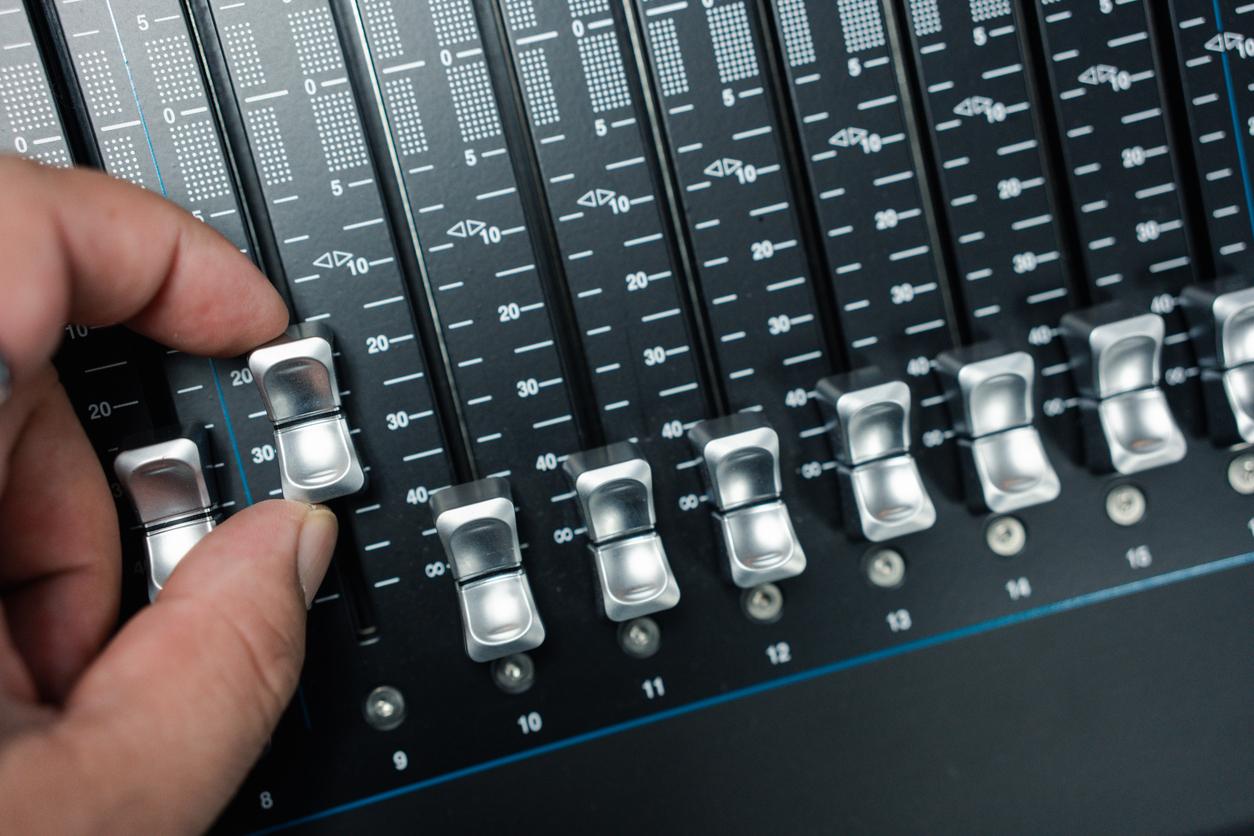
7 tips for years of trouble-free hearing
When you buy a hearing aid, you naturally hope that you will use it for quite some time. That lifespan differs per device and per person, but you can partly control it yourself. Seven tips for years of trouble-free hearing.
New hearing aids last an average of 5 years, but this depends on a number of different factors, which you as a user can certainly influence. These seven tips will give you years of trouble-free hearing.
1. Handle your hearing aid with care
The parts of a hearing aid are made of different materials, such as plastic, silicone, metal and polymers, for example. The electronics are usually provided with a kind of silicone layer; a nano-coating that is dust and moisture repellent, preventing corrosion as much as possible. Such a device is therefore really made to last as long as possible, but that does not alter the fact that wear can occur on some parts. In addition, some chemicals can affect the material, such as perfume, hairspray, sunscreen. Not only will it damage your hearing aid, but it can also affect its performance.
Tips for preserving your hearing aid:
- Avoid bumping or falling.
- Protect your hearing aids from heat. Protect them from direct sunlight (at home and in the car) and do not leave them near a radiator.
- Keep hearing aids out of the reach of (grand)children and pets.
- Avoid contact with makeup or hairspray. The fine particles can easily block the microphone opening. So don’t put your hearing aid in until after your daily routine.
- Keep your ears clean at all times to prevent the sound outlet or filter from getting clogged with earwax or dirt.
- Store hearing aids in the designated box or in a special dry box when not in use. Remove the batteries when not in use for a long time.
- Always have repairs carried out by an expert.
Even with careful use, your hearing aid can break down unexpectedly. Upon purchase, you are entitled to a 2-year manufacturer’s warranty on manufacturing and material defects. But what if your hearing aid starts to have problems just after that legal warranty? Specsavers believes that everyone should be able to enjoy the full life of their hearing aid. If your hearing aid breaks, it will be sent for repair and Specsavers reimburses the costs incurred†
2. Clean your hearing aid intensively every day and from time to time
Dirt, earwax, dust and hairs often cause a hearing aid to function less well. This is because they can clog the microphone input and other small parts of your hearing aid, thus affecting its performance. To ensure the quality of your hearing aid and extend its life, it is important to clean it regularly. If you do this properly and with the right products, you prevent repairs and it also works better. When purchasing a hearing aid, the hearing care professional will give you tips for maintenance. In short, you should clean your hearing aid daily and extra thoroughly once every two weeks.
Daily cleaning
For the daily cleaning of your hearing aid, use professional maintenance products that you can get from the hearing care professional, such as disinfecting tissues. Always clean your device with a soft cloth, in case it slips out of your hands and dry it with a dry cloth or tissue. Never use water or aggressive cleaning agents and do not use a hair dryer, microwave or oven for drying.
Intensive cleaning
In addition to the daily maintenance, a more thorough cleaning is necessary once every one to two weeks, depending on the amount of earwax. You clean the earmolds with special effervescent tablets. You can clean the tubes by removing dirt and earwax with a special wire. Special Carefree packages are available at Specsavers with which you can best maintain your hearing aid.
Replacing parts
The loudspeaker of a hearing aid is equipped with a filter, which protects and prevents earwax from entering the loudspeaker. When this filter becomes clogged, your hearing aids will not work as well. It is therefore important to replace the filter regularly. This also applies to the earmold and tube. The latter becomes hard over time and shrinks a bit, which causes fit and flute problems. Replacing these parts is fairly easy to do yourself, but if it doesn’t work out, the hearing care professional can also do this for you. In fact, if you buy a hearing aid from Specsavers, then your earmolds will be replaced free of charge for the entire life of your hearing aid†
3. Dry your hearing aid daily
The number one cause of hearing aid failure is moisture. And that’s not the moisture of a heavy rain shower – although in a downpour it is better to remove your hearing aid and temporarily store it in a dry place. This concerns your own body fluids. Even if you don’t perspire, you lose moisture through the skin. And a hearing aid is always a bit colder than your own body, so this moisture condenses in your hearing aid. Moisture and electronics are not friends anyway, but this moisture also contains acids, salts, fats and sometimes chemicals from medicines, all of which have an impact on your hearing aid. It is therefore recommended that you store your hearing aid in a dry place every night, such as a drying cup with drying tablets or an electrical (UV) drying box. Consistent use of a dry box reduces needed repairs by as much as 50 percent. Daily use therefore ensures a longer lifespan, fewer repairs, better sound quality and – when using a UV dry box – a greatly reduced risk of ear infections as a result of infections through your hearing aid. With a rechargeable hearing aid, the charger also serves as a drying box.
- Are you not using a drying box? Always leave your hearing aid with the battery door open at night.
- Never keep your hearing aids in the bathroom.
- Temporarily turn off your hearing aids if you are sweating heavily.
- Do not swim with your hearing aids and keep them away from (sea) water.
- Never place your hearing aid or earmold in the microwave or oven to dry or on the heater. Excessive heat can melt the plastic parts or damage the interior.
4. Tell your hearing care professional where you wear your hearing aid
Frequent use in a humid or dusty environment will adversely affect the performance of your hearing aid. A StAr accredited hearing care professional is the expert to advise you on a suitable hearing solution for your (work) environment, whether that is a specific hearing aid or a protective cover to protect your hearing aid against dirt, moisture and sweat. In addition, scheduling additional professional maintenance can help extend the life of your hearing aid.
5. Tell your hearing care professional about any physical discomfort
Some people experience hearing aid wear or discoloration more quickly than others. For example, because you produce a lot of earwax, have oily skin or perspire a lot. You cannot do anything about these inconveniences yourself, but you can consult with your hearing care professional about the best hearing solution for you. This can be a specific hearing aid, but also the advice to replace the earwax filter more often, for example.
6. Return regularly for maintenance
Your hearing aid will last the longest if you take good care of it. Much of this you can do yourself. But not everything. Therefore, have your hearing aid serviced regularly by your hearing care professional. This can do a deep cleaning and replace any worn parts. At Specsavers this is completely free†
And what about your hearing aid battery?
The first rechargeable hearing aids that came on the market years ago contained a battery that you could replace yourself. As a result, this battery was less well protected against moisture and dirt, so that it often had to be replaced early. With current rechargeable hearing aids, the battery is built into a closed housing and is much less sensitive to moisture and dirt. Moreover, today’s chargers are smart chargers. This means that a charger will stop charging when your hearing aid is fully charged. This means that no damage can be caused to the battery. But just like your phone’s battery, it drains faster as it gets older. If this becomes really annoying, your hearing care professional can tell you whether it is necessary to replace the battery or whether it is time for a new hearing aid. Fun fact: at Specsavers will replace the battery for free if there are complaints within those 5 years that can be traced to the battery. That’s a nice bonus!
7. 5 years service, warranty and aftercare
Even with careful use, your hearing aid can break down unexpectedly. Upon purchase, you are entitled to a 2-year manufacturer’s warranty on manufacturing and material defects. But what if your hearing aid starts to have problems just after that legal warranty? Specsavers believes that everyone should be able to enjoy the full life of their hearing aids and therefore gives always 5 years service, warranty and aftercare, completely free† This also means you get the first twelve batteries for free and Specsavers will replace your earmolds for free for a period of 5 years. If your hearing aid breaks, it will be sent for repair and Specsavers will reimburse the costs incurred. Do you notice that your hearing aid no longer functions properly or is a part of your hearing aid damaged? Come to the Specsavers store and your hearing care professional will help you.
You can come to Specsavers 6 days a week for good hearing care. If there is a problem with your hearing aid, visit one of the Specsaver stores as soon as possible and do not wait for the hearing care professional to arrive. Employees in each store are trained to deal with common hearing aid failures. Would you like to have the settings of your hearing aids adjusted or are there any fit problems with your size pieces, please contact your own Specsavers store†
This article was produced in collaboration with Specsavers.
















